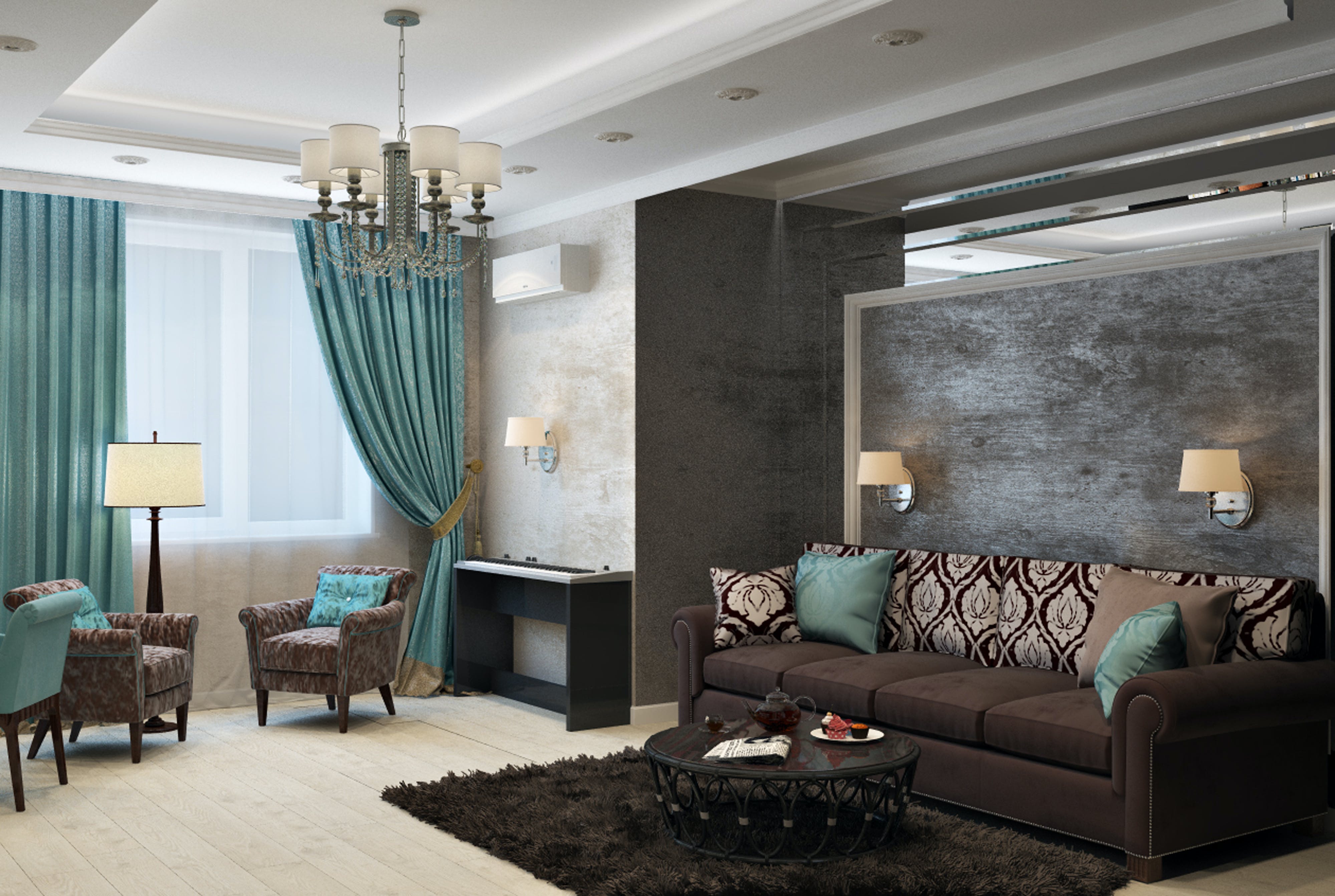- Spatial Configuration: Shop drawings for interior design delve into spatial arrangements, illustrating the strategic placement of furniture, fixtures, and architectural elements. This ensures optimal functionality and a seamless flow within the designated space.
- Custom Millwork and Detailing: Intricate details matter in interior design. Shop drawings meticulously outline custom millwork, cabinetry, and architectural details, offering a precise roadmap for craftsmen to bring the envisioned aesthetics to life.
- Material Specifications: From flooring to finishes, interior design shop drawings provide exhaustive material specifications. This includes color schemes, texture details, and material selections, offering clarity to contractors and craftsmen during the implementation phase.
- Furniture Layouts: The arrangement of furniture is a crucial element in interior design. Shop drawings intricately map out furniture layouts, ensuring that each piece harmonizes with the overall design concept while addressing practical considerations.
- Lighting Plans: Lighting plays a pivotal role in setting the mood and ambiance. Interior design shop drawings include detailed lighting plans, specifying the placement and type of fixtures to achieve the desired atmospheric effects.
- Collaboration Blueprint: Interior design shop drawings serve as a collaborative blueprint. They facilitate effective communication between designers, clients, contractors, and craftsmen, ensuring everyone is aligned with the design intent.
- Efficiency in Implementation: By providing a comprehensive visual guide, interior design shop drawings streamline the implementation process. Contractors can reference these drawings to execute designs accurately, saving time and minimizing errors.
Renovation
Renovation shop drawings play a pivotal role in the intricate process of revitalizing interiors, offering precise guidelines for craftsmen to execute transformative changes. Key points include:
- Gut Renovations: Shop drawings for gut renovations provide detailed plans for spatial reconfigurations, structural modifications, and material specifications. Craftsmen rely on these precise blueprints for executing comprehensive interior overhauls with accuracy.
- Kitchen Remodel: Tailored shop drawings outline layouts for kitchen remodels, encompassing appliance placement, cabinetry design, lighting schemes, and material specifications. This ensures a harmonious blend of functionality and aesthetics in the heart of the home.
- Bathroom Remodel: In bathroom remodels, renovation shop drawings guide craftsmen through fixture placements, tiling patterns, lighting plans, and other essential details. The meticulous plans facilitate the transformation of bathrooms into stylish and functional spaces.
- PULPS Exclusive Micro-Renovation: Renovating exclusive micro-spaces demands precision. Shop drawings for PULPS micro-renovations detail spatial arrangements, furniture layouts, and design enhancements, ensuring a meticulous approach to crafting distinctive and inviting environments.
Renovation shop drawings serve as the essential roadmap, guaranteeing that each project, whether a complete overhaul or targeted room remodel, is executed with precision and in alignment with the envisioned design aesthetics.
In essence, interior design shop drawings are the bridge between imagination and realization, offering a meticulous roadmap for craftsmen and contractors to craft spaces that captivate and fulfill the designer's vision.
Interior Design Process:
- Client Consultation: The process begins with a thorough client consultation to understand preferences, requirements, and design aspirations for the interior spaces.
- Conceptualization and Mood Boards: Designers create conceptual plans and mood boards, illustrating color schemes, furniture styles, and overall design themes for client approval.
- Space Planning: Utilizing specialized software like AutoCAD and Revit, designers plan the spatial arrangement, ensuring optimal functionality and flow within the interior spaces.
- Material and Finish Selection: Detailed shop drawings include material specifications and finish selections, guiding craftsmen in implementing the desired aesthetic and tactile elements.
- Furniture and Fixture Placement: Using advanced tools like SketchUp, designers precisely place furniture and fixtures, optimizing the layout for both functionality and visual appeal.
- Lighting Design: Specialized lighting software aids in creating lighting schemes, specifying fixture types, placement, and intensity to achieve the desired ambiance.
- Presentation and Approval: Designers present the comprehensive interior design plans, including 3D renderings, to clients for feedback and approval before moving to the execution phase.
Interior Design Tool Utilized:
- AutoCAD
- Revit
- SketchUp
- 3ds Max
- Photoshop
